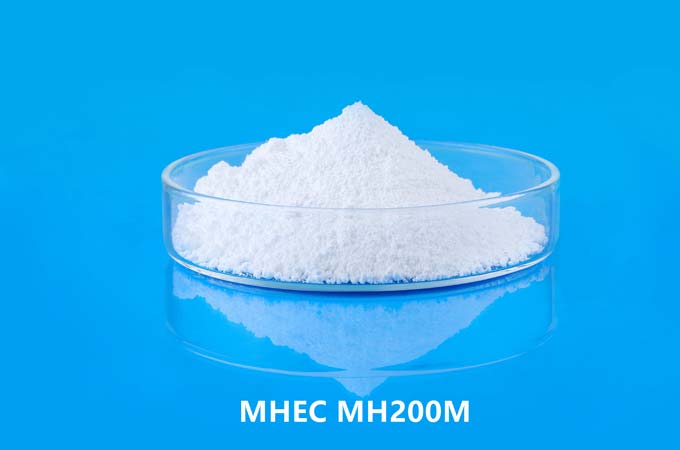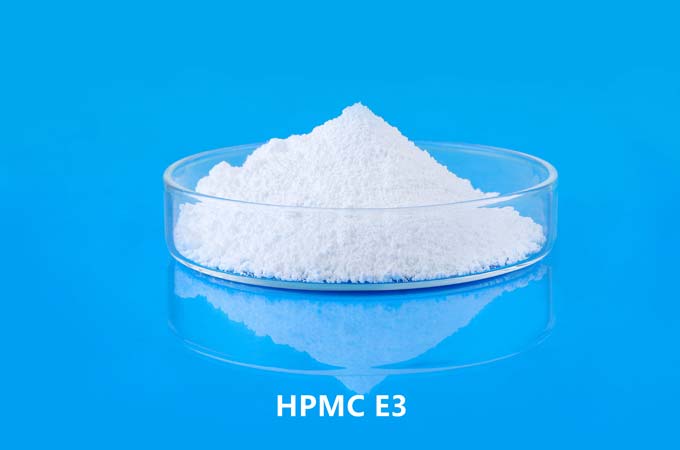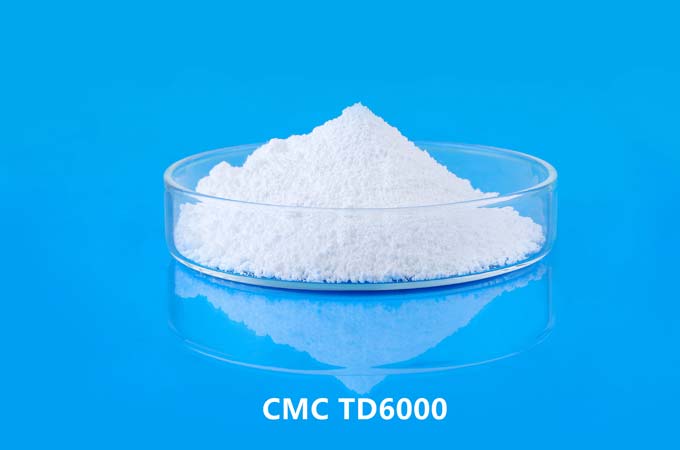Background and Overview
Cellulose fiber is the fiber obtained by processing the stem and bast of certain plants. Usually coniferous trees and broad-leaved trees are used as raw materials. The fiber diameter is 20-120μm, the length is 0.5-5mm, the tensile strength is 300-800MPa, and the elastic modulus is 10-30GPa. It has certain alkali resistance and good adsorption to cement particles, but the swelling more sexual. It can be used instead of asbestos to make fiber-reinforced cement boards suitable for building interiors. If it is mixed with calcareous materials (lime, cement, etc.), siliceous materials (quartz sand, diatomaceous earth, etc.) and cured by steaming, it can be made into asbestos-free calcium silicate board, which has good fire resistance and dimensional stability. It can be used as interior and exterior wall panels of buildings and ship partition wall panels, etc.
Application
As a renewable natural polymer material, cellulose has the advantages of biodegradability and low price, and has a large number of hydroxyl groups in the molecular chain, which can react with many small molecular compounds and modify it to generate Different antibacterial cellulose products. Fluff pulp can be used not only as a cellulose fiber-based functional material, but also as a water-absorbent material, and is currently widely used in the production of sanitary napkins and paper diapers. If the fluff pulp is antibacterially modified to make an antibacterial product, it can effectively reduce the damage of bacteria to the human body, which can not only improve the quality of the product, expand its function, but also increase the added value of the fluff pulp.
Modified
In recent years, domestic counterparts have done a lot of research work on improving the utilization rate of reactive dyes. The results show that it is difficult to achieve a high utilization rate simply by modifying the molecular structure of the dye itself, because the hydrolysis of the active group cannot be overcome. However, the problem of dyeing of reactive dyes and cellulose fibers can be improved by modifying cellulose fibers and improving the reactivity of dyes and fibers. This article reviews and discusses the chemical modification and cross-linking dyeing of cellulose fibers from the perspective of reactive dyeing.
1. Amination Modification of Cellulose Fibers
The electrophilic center of cotton fiber dyed with reactive dyes is on the dye, and the oxygen anion of the nucleophilic center is on the fiber. The newly-emerged fiber modification dyeing endows the electrophilic center on the modified cotton fiber, while the nucleophilic center is on the dye molecule; the adsorption of anionic dyes to cellulose fibers after quaternization modification is greatly enhanced , its dyeing rate on cellulose fibers can even be close to 85% to 98%, so that reactive dyes can also dye fabrics under neutral or salt-free conditions.
1) Amino or aminoalkyl modification of cellulose fibers
After the cellulose fibers are connected with aminoalkyl groups, not only the reactivity with reactive dyes is greatly enhanced, but also after protonation in acidic medium, quaternary ammonium cations can be formed, which can position and adsorb dye anions. A typical example of this type of reaction is the treatment of 2-aminoethyl cellulose ether cell-o-CH2CH2NH2 with 2-aminoethylsulfate at 130°C for a reaction time of 15 minutes. Most of the amination is through the reaction of haloalkylamine and cellulose. For example, diethylaminoethyl cellulose can be produced by reacting chloroethyl diethylamine hydrochloride with cellulose fibers: cell-o -CH2CH2N(C2H5)2. This modified fiber is highly reactive to reactive dyes.
2) Quaternary ammonium group modification of natural cellulose fiber
The reactive quaternary ammonium compound is used to activate and modify the cellulose, and the quaternary ammonium group can be connected to the fiber, which can greatly change the dyeing performance of the fiber. A typical example is the treatment of cotton fibers with quaternary ammonium compounds of epoxy trimethylamine (the foreign trade name is GlytacA), which can greatly increase the reaction speed of fibers and reactive dyes, and can also be used for neutral and salt-free dyeing.
Cotton fibers modified with it have high directness to acid, direct and reactive dyes. Dyeing with reactive dyes can be fixed under neutral salt-free conditions (100°C). When the amount of modifier is high enough, the modified fiber can completely absorb the dye in the dye solution, and the dye uptake rate can reach almost 100%.
3) Nitrogen heterocyclic group modification of cellulose fibers
A typical example of this modification is the nicotinic acid substituent on the cellulose molecular link.
During the reaction, the pH value is 8, baked at 200°C, and the nicotinic acid group is connected through the ester group. During the reaction, hydrolysis also occurs, and niacin is released. However, the presence of nicotinic acid can accelerate the color fixing reaction of reactive dyes and fibers, because it can be used as a catalyst for nucleophilic reactions. In the dyeing process, this modified fiber, like the aforementioned tertiary amino modified fiber, can play an autocatalytic role in the dyeing process and speed up the color fixing speed. Therefore, the color can be fixed under salt-free and neutral conditions. In fact, even in weak acidity (pH=3), it has high color fastness at 80°C, and the washing fastness is also good.
4) Methylolacrylamide and amination modification of cellulose fibers
After treating cellulose with the compound methylolacrylamide (NMA) containing methylolacrylamide groups, active fibers can be prepared: cell-o-CH2NHCOCH=CH2. NMA active cotton can react with dyes containing alkylaminosulfonic acid to form chemical bonds. Alkane sulfamic acid dyes can be prepared from Procion H type dyes.
5) Modification of cellulose fiber with nitrogen-containing crosslinking agent
Most crosslinking agents or resins for cellulose fiber fabrics contain nitrogen atoms or amine groups. Their presence also improves the dyeing properties as described above for the amination of cellulose fibers. Cotton fabrics treated with trimethylolmelamine have high dye uptake rates for direct dyes even in acidic baths. This is all related to the aminoalkyl groups in their molecules. If a certain amount of amine compounds is added when the resin is baked, the finished fabric will be dyed with anionic dyes, and the fixation rate or dye uptake rate will be very high. For example, after the cotton fabric is treated with common DMDHEU resin and hydroxyethylamine, and baked at 150°C for 3 minutes in the presence of a catalyst, its dyeability will be greatly enhanced. Even in an acidic bath (pH = 3.0 ~ 3.5), anionic dyes have a high dye uptake rate.
2. Aminopolymer Modification of Cellulose Fibers
The chemical structure of chitin after partial deacylation is poly(N-acetyl-D-glucosamine). After the cotton is treated with chitosan, the hiding property of direct dyeing can be improved, and the dye uptake and color depth can be increased. However, after treatment with it, the wet fastness and rubbing fastness are reduced. The reason is that when chitosan is processed, it can only be attached to the fiber surface. After the amino group is protonated into a cation in an acidic medium, although it can absorb a large amount of anionic dyes through Coulomb attraction, improve the covering performance and increase the dye uptake rate, but it prevents the dye from diffusing into the fiber, so the fastness is very poor. Especially when the pH value increases, the amino group loses its proton more obviously. Sandene8425 is a cationic polymer. After treating cellulose fibers with it (under alkaline conditions), the directness of anionic dyes can be enhanced. It is easy to apply, but must be treated before staining. Its disadvantage is also that it will reduce the light fastness of some azo dyes and make the color dull. After the cellulose fiber is treated with reactive polyamide epoxy compound (Hercosett125), the dyeing rate and color fixation rate of reactive dyes can be improved, and the color can be fixed under neutral and salt-free conditions. It is prepared by condensation of adipic acid and diethylenetriamine followed by partial crosslinking with epichlorohydrin. Cotton fibers can be processed by rolling-drying-baking (3min, 100°C process. The main composition is 3-hydroxyazetidine chloride (Herosett125 mainly contains 3-hydroxyazetidinyl, epoxypropyl and chlorine) Alcohol-substituted reactive groups, the ratio is about 3:1:1)
3. Activation Modification of Cellulose Fibers
The above-mentioned cellulose fiber modification is to improve its nucleophilic reactivity to reactive dyes, or to enhance the adsorption capacity of anionic dyes after forming quaternary ammonium groups. Cellulose fiber modification can also introduce active reactive groups, so that it can react with some nucleophilic dyes (non-reactive dyes) to form covalent bonds. Nucleophilic dyes can be selected from some dyes containing strong nucleophilic groups, or can be prepared by connecting reactive dyes with some strong nucleophilic groups. Ammonia or amine groups are the most representative of strong nucleophilic groups. One of the biggest disadvantages of dyeing with reactive dyes is that hydrolysis occurs while the color is fixed. Especially under alkaline conditions, the color is fixed, and the hydrolysis speed is very fast. For this reason, some people react reactive dyes with polyamine compounds to make amino or amine dyes (non-reactive dyes) with strong nuclei. On the other hand, the cellulose fiber is modified to introduce active groups, which can react with dyes containing amino groups or nucleophilic groups of amino groups to form covalent bonds. Cellulosic fibers were modified with 2,4-dichloro-6-2(2-pyridylethylamine)-s-triazine (DCPEAT) compound. One of the chlorine atoms of dichloro-s-triazine is replaced by the hydroxyl group of cellulose, and the other chlorine atom is replaced by the amino group of the dye, and the dye and the fiber are bonded by a covalent bond. Since the positive charge of the pyridinium cation can interact with the negative charge of the dye sulfonic acid group, the dye uptake rate and color fixation rate are both high.
 English
English 日本語
日本語 français
français Deutsch
Deutsch Español
Español italiano
italiano русский
русский português
português العربية
العربية Türkçe
Türkçe Nederland
Nederland



